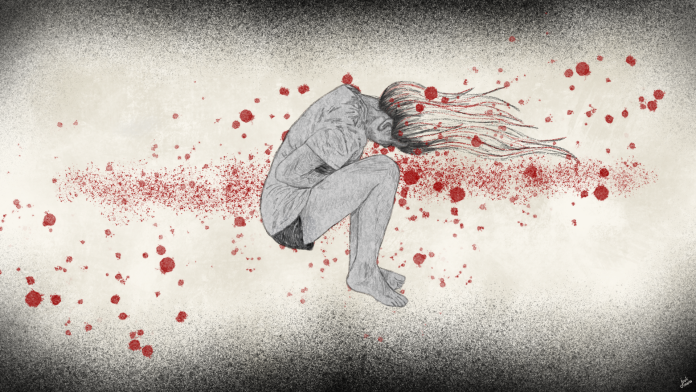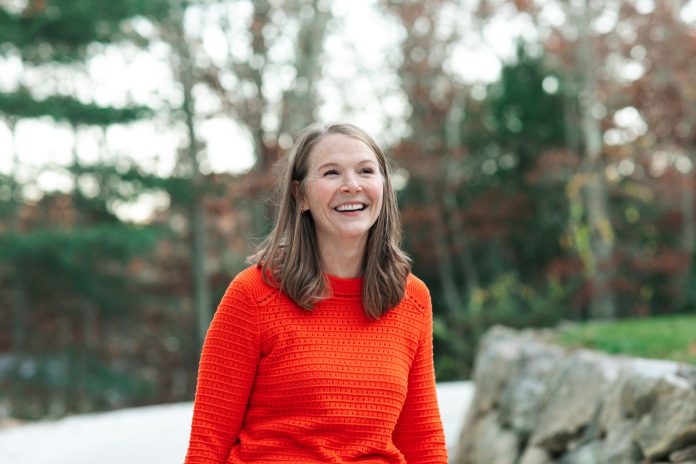Written by Juan Bautista Leofanti (Sports Coach, Physical Performance Training & Optimizing Specialist)
Art by Jouli Di Marco
Engaging in physical activity connects individuals with their abilities, aspirations, and overall well-being. When training individuals with disabilities, the focus should shift from limitations to potential, recognizing that disability is simply one aspect of the vast human spectrum. True inclusivity lies in acknowledging that everyone is different—and that diversity is our greatest strength.
Breaking Barriers: Shifting from Limitations to Strengths
Effective adaptive training starts with a mindset shift: rather than emphasizing what a person cannot do, focus on unlocking what they can achieve. This approach requires:
- Comprehensive Initial Assessment: Evaluating mobility range, baseline strength, and specific needs.
- Goal-Oriented Programming: Designing training plans that align with both daily functional goals and athletic aspirations.
- Flexible Adaptation: Ensuring workouts can be modified based on progress and changing needs.
The Power of Sports in Physical and Mental Well-being
Sports and physical activity extend beyond physical conditioning—they drive holistic personal development. Beyond improving strength and endurance, sports boost self-confidence, foster independence, and enhance serotonin regulation (the “happiness hormone”).
One of the most inspiring aspects of Paralympic sports is the shift from a focus on medical diagnoses to an emphasis on athletic identity. Athletes are not defined by their conditions but by their passion and skills—whether as swimmers, cyclists, boccia players, or runners. Sports redefine human potential, breaking records not just in performance but also in personal growth, mutual recognition, and the cultivation of an inclusive community.
Key Principles for Designing Inclusive Training Programs
When working with individuals with disabilities, personalization is essential. However, several fundamental principles can guide effective adaptive training:
- Progressive Approach: Start with simple movements and gradually introduce complexity as confidence and ability grow.
- Postural Control: Prioritize proper technique to prevent injuries and optimize movement efficiency.
- Exercise Variability: Incorporate diverse movements to sustain engagement and develop multiple muscle groups.
- Appropriate Load Management: Adjust intensity based on physical condition and personal goals.
- Creative Adaptation: Focus on movement patterns rather than specific equipment. Consider: Utilizing inclined or stable surfaces to modify difficulty while ensuring safety. Incorporating joint mobility exercises to enhance range of motion. Strengthening stabilizing muscles to improve balance and coordination.
- Functional Training Integration: Develop exercises that mirror daily activities, such as standing up from a chair or carrying objects. Use circuit-based training with fundamental movement patterns like pushing, pulling, rotating, and reaching.
- Adaptive Cardiovascular Workouts: Modify activities like rowing, cycling, or walking to accommodate different ability levels.
The Bigger Picture: Sports as a Catalyst for Inclusion
Sports have the power to transcend barriers, creating an environment where everyone can participate, express themselves, and feel a sense of belonging. In inclusive training, we are not merely “helping” or “doing good”—we are facilitating empowerment, growth, and self-discovery, just as we do with all athletes, regardless of ability.
Physical activity reminds us that differences do not divide us—they enrich us. As trainers and coaches, we must operate with the conviction that everyone has the ability to overcome challenges and achieve their goals, always approaching training with expertise, respect, and a human-centered perspective.
With every workout, we move closer to a world where diversity is celebrated, and human potential takes center stage.






